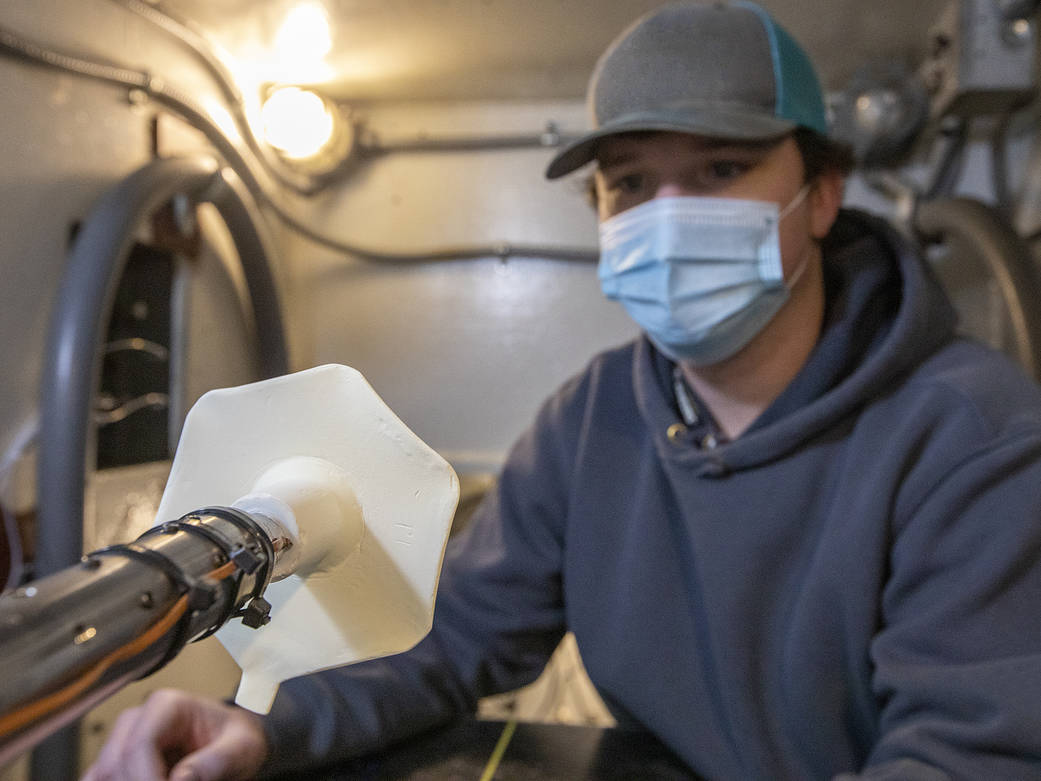NASA’s Langley Research Center in Hampton, Virginia is a proven leader in inflatable heat shield technology and – faster than the speed of sound – its hypersonic wind tunnels offer unique testing opportunities for commercial partners.
Sierra Space is using Mach 6 and Mach 10 wind tunnels at NASA Langley to test an upper stage recovery concept called UPSTAR. The umbrella-like, deployable heat shield is designed to protect key spacecraft components that aren’t built to survive re-entry into Earth’s atmosphere. The UPSTAR recovery system would increase reusability of components and ultimately reduce the cost of launch.
“It’s a valuable partnership,” said Kelly Murphy, head of the Aerothermodynamics Branch at NASA Langley. “Private industry generally cannot afford to own and operate hypersonic facilities. NASA Langley has decades of operational experience and the deep expertise in aerothermodynamics to help our commercial partners get needed data.”
During the test series, engineers tested metal and ceramic scale models of UPSTAR’s heat shield in the deployed configuration inside the 20-inch test section of the Mach 6 wind tunnel and the 31-inch test section of the Mach 10 wind tunnel. Data acquired while exposing the models to wind speeds six-and-10-times the speed of sound help develop a modeling database of the aerodynamic and aeroheating loads on the heat shield as it re-enters the atmosphere.

























